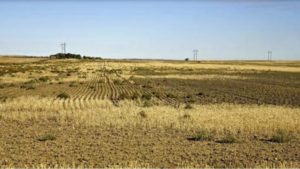

Strange Sounds – December 22, 2021
There’s an old weather adage that’s been passed over cups of coffee and glasses of beer for nearly a century: “It’s not a drought ’til it breaks your heart.”
Today, the hearts of thousands of Montanans have broken across the bare back of one of one of the worst droughts in Montana history: farmers trying to balance their books after a paltry harvest, stockmen paying too much to feed already skinny cattle, outfitters and fishermen prevented from landing a fish because the streams were either too warm or too dry, conservationists and recreationists of all types who watched Montana’s forests burn and its prairies shrivel.
On Dec. 15, 2021, every county in Montana was identified as experiencing some level of drought, with a third of the state is in the grips of a “D4” or “exceptional” drought, a designation the U.S. Department of Agriculture expects to occur in any one location just once every 50 to 100 years. The entire state is, on average, 4.66 inches behind in annual precipitation. The only years that have been drier were 1931, 1919 and 1952.
There have been longer droughts, both in the first half of the 1930s and again in the early 2000s, and isolated portions of Montana have withered under more extreme stretches of heat and dryness for limited periods of time, but according to the National Centers for Environmental Information (NCEI) in only three of the past 127 years have Montanans as a whole endured such bone dry conditions.

